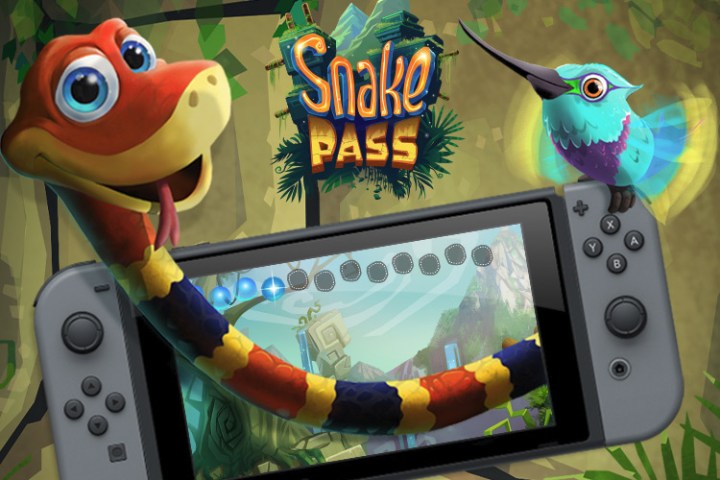
One of the biggest problems with Nintendo’s Wii U console was its lack of third-party support, so getting a popular engine like Unreal Engine working well on the next-gen system is a smart move. It also comes at a time when Japanese developers appear to be catching up with the West in learning how to best utilize the Unreal Engine, so it is expected to see much greater adoption among Eastern studios.
Nintendo’s own Shigeru Miyamoto previously stated how confident he was in Nintendo’s command of the engine and said that it would help make porting games from the PC to the Switch that much easier.
This release of Nintendo Switch support is official, though is said to be still in the “experimental” phase. Epic promises that the next release will change that to a “shippable state.”
Along with the addition of Nintendo Switch support in the new 4.15 update for the Unreal Engine, Epic has also improved stability, enhanced developer workflows, and added improvements to runtime performance. We’re told that this improves efficiency during development and should lead to a better user experience post-release.
One big feature that a number of developers will enjoy though, is an improvement to compile times for programmers. Epic claims they have been reduced by as much as 50 percent. While it’s not clear what effect that may have on programmer excuses moving forward, it should be of a real boon to all developers.
Other improvements to the engine include better texture streaming, which should reduce CPU and memory usage, as well as load times; reduced overhead in executing Blueprints; the addition of a new UI blur widget, and new texture streaming debugging visualization tools, among hundreds of bug fixes.



